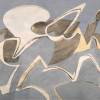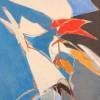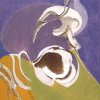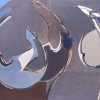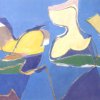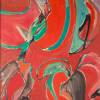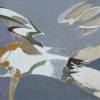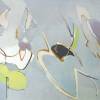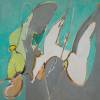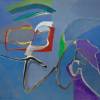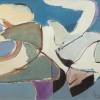With old age, Louis Van Lint further divests his plastic language: elegance and synthesis of the arabesque, transparency, and lightness of color; things are expressed in their essence, without losing their intensity. Exhibiting a more content lyricism, the works of the last years express a generous warmth, but they seem now to have a background of anxiety, if not a few violent accents.
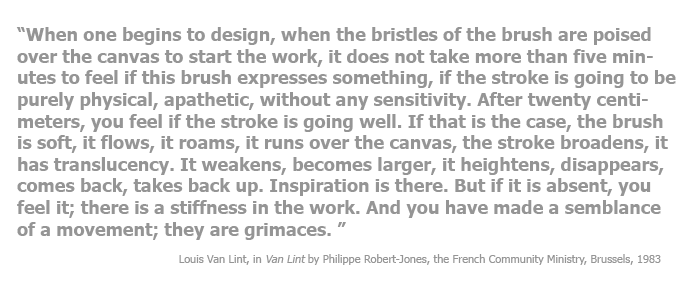
They reflect a deeper spiritual aspiration and a desire for deeper formal settling. In the register of lyrical abstraction, Louis Van Lint shows once again that he is equalled when it comes to framing color with the mobile arabesques without hindering their radiation. This is evident in Daily meanders (Méandres journaliers), a gigantic gouache-watercolor inspired once again by memories of beaches, acquired in 1980 by the Royal Museums of Fine Arts of Belgium. Three years later, that museum presents a selection of his works alongside the publication of a monograph written by their Chief Curator Philippe Roberts-Jones. Meanwhile, in 1982, the Belgian Senate acquired one of the artist's largest canvases entitled Ballet or conflict (Ballet ou Conflit). His last work with the premonitory title, The threshold of the unexplored (Seuil de l'inexploré), was painted by Van Lint shortly before he died following a cerebral thrombosis on December 27, 1986.



